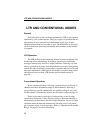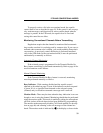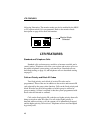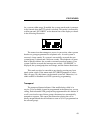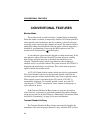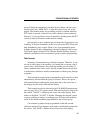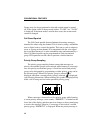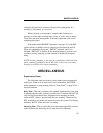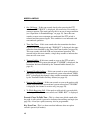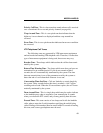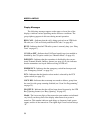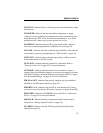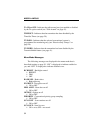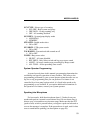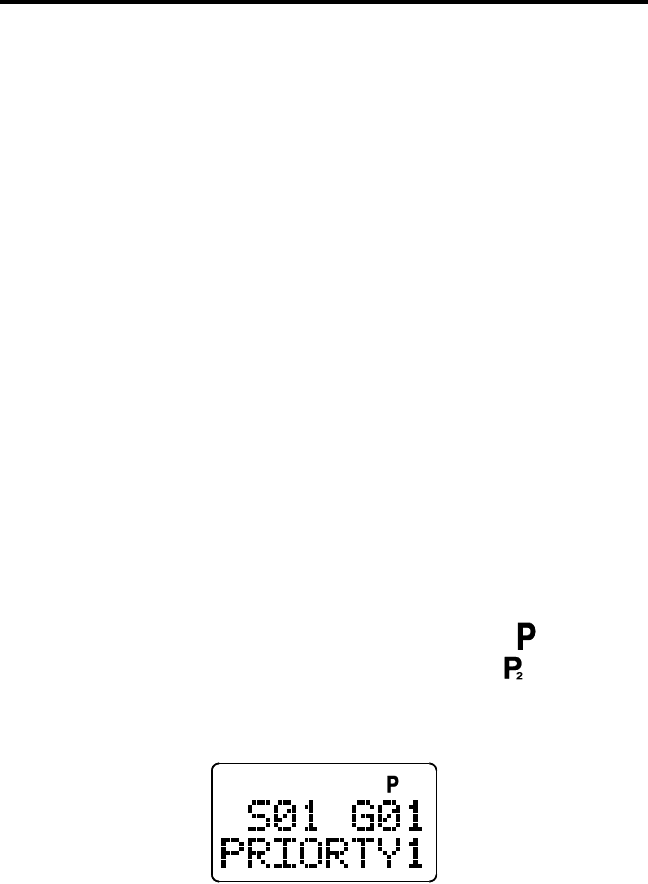
CONVENTIONAL FEATURES
46
Groups may also be programmed so that talk-around cannot be turned
off. If the option switch is then pressed, neither “TA OFF” nor “TA ON”
is displayed. If the menu mode is used in these cases, the current mode
cannot be changed.
Call Guard Squelch
The Call Guard squelch feature eliminates distracting messages
intended for others using the channel. This is done by using a subaudible
tone or digital code to control the squelch. This tone or code is unique to
a user or a group on that channel. It is transmitted with the voice signal
but is not heard because it is in the subaudible range and attenuated by a
filter. Call Guard squelch can be programmed on each conventional
group. LTR operation uses ID codes to perform a similar function.
Priority Group Sampling
The priority group sampling feature ensures that messages on
priority conventional groups are not missed while listening to a message
on a non-priority conventional group. A fixed first and second priority
group can be designated by programming or either priority group can be
the selected group. When a first priority group is selected, is
displayed, and when a second priority group is selected, is displayed
(see following illustration). When scanning, this symbol is displayed only
while a call is being received on the particular priority group.
When a message is detected on a first priority group while listening
to a non-priority message, a tone sounds, “PRIORTY1” is flashed on the
lower line of the display, and the transceiver changes to that system/group
to receive the message. Likewise, if a message is received on a second
priority group, “PRIORTY2” is displayed. When the priority message is



